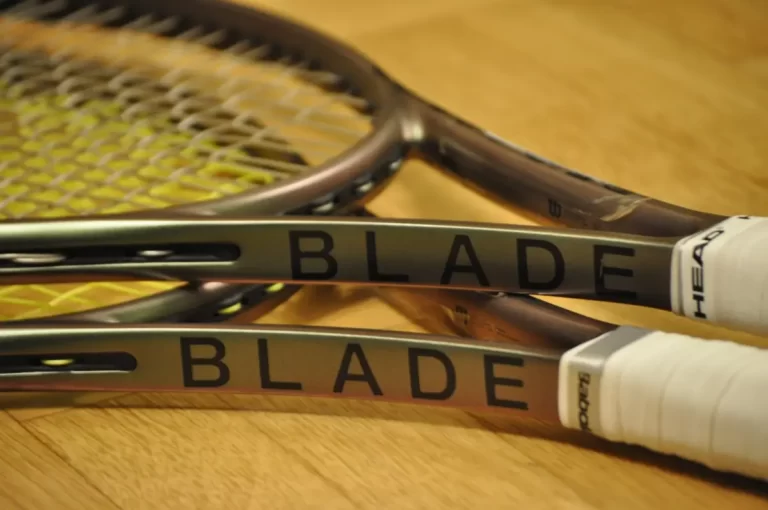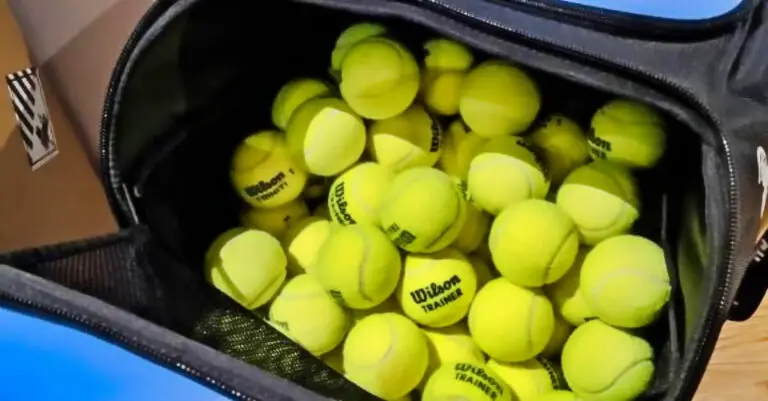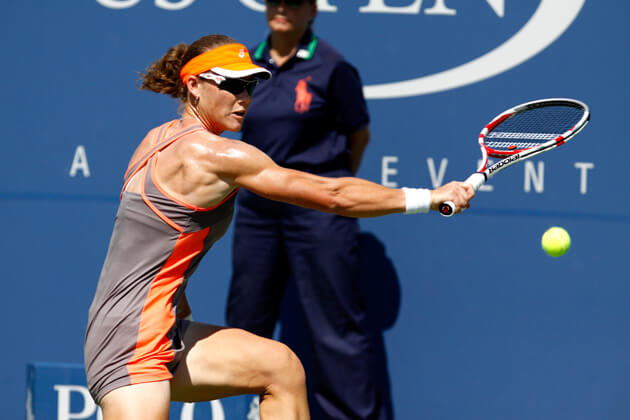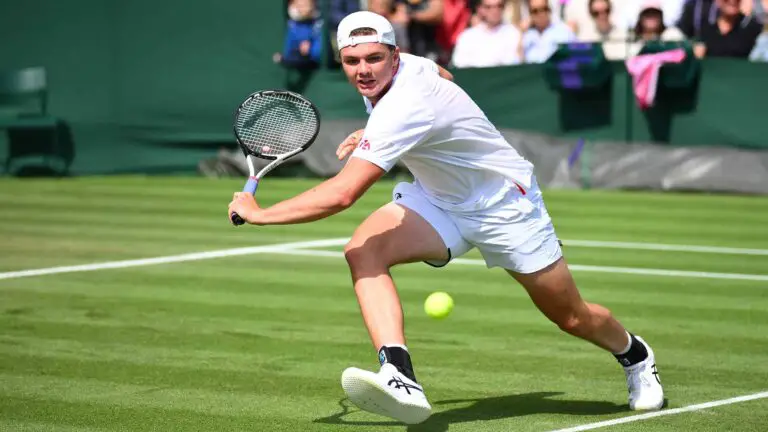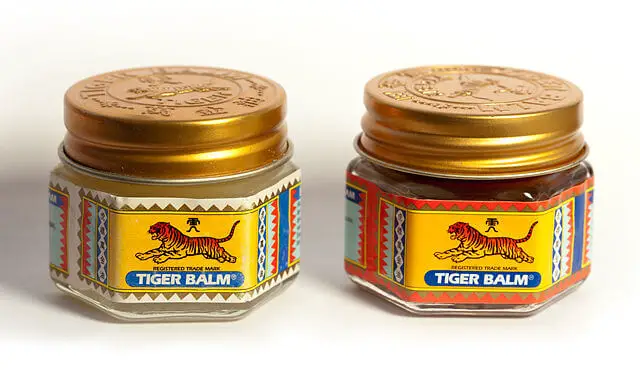Why Tennis Players Tuck Their Shirts?
If you’re a fan of tennis, you’ve likely noticed that some players still tuck their shirts into their shorts or skirts while others opt to let them hang loose. While it may seem like a small detail, the choice to tuck or not to tuck has been a topic of debate among players and fans alike.

So why tennis players tuck their shirts? Actually, tennis players tuck in their shirts for a variety of reasons, including tradition, personal preference, performance considerations, and sponsorship requirements.
In this article, we’ll take a closer look at why some tennis players still tuck their shirts and the benefits and disadvantages associated with this practice.
We’ll explore the history and evolution of this trend, the role of sponsorship and branding, and the impact it has on the players’ game.
Whether you’re a tennis fan, a player, or simply curious about the sport’s culture, this article will shed light on an often-overlooked aspect of tennis fashion.
Why Tennis Players Tuck Their Shirts?
The reasons for tucking in shirts in tennis have evolved over time. For formal and aesthetic reasons, players tucked in their shirts in the early days of the sport. It was interpreted as a show of respect for the sport and its participants.
Today, players may tuck in their shirts for practical reasons, such as improved mobility and reduced distractions. Tucking in the shirt can also help players stay focused on the game by minimizing movement and distraction caused by loose clothing.
Some players may prefer to keep their shirts untucked for comfort and style. However, tournament organizers may require players to tuck in their shirts as part of the dress code. Sponsors and clothing companies may also require players to tuck in their shirts to showcase their brand logos prominently.
Let’s look at the history of tucking in detail!
History of Tucking Shirts in Tennis
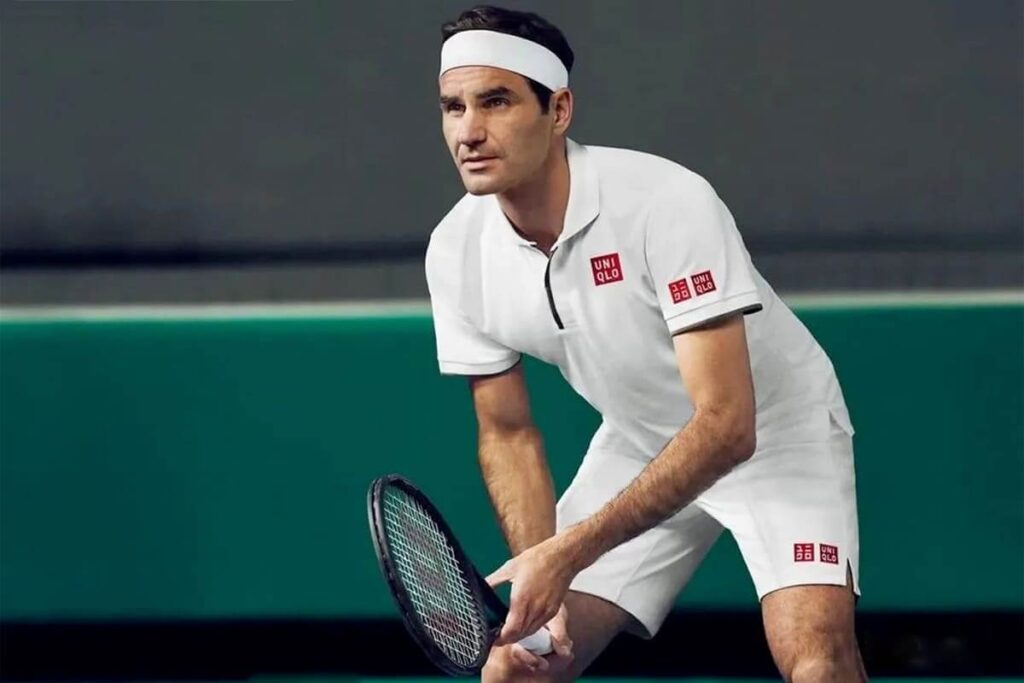
Traditionally, tennis players used to wear white, long-sleeved shirts and long pants that were tucked in. This attire served both practical and cultural purposes, keeping the players cool and protecting them from the sun.
However, as the sport spread across different regions and climates, players’ attire began to change.
Shift to Shorts and Short-Sleeved Shirts
In the 1920s and 1930s, tennis players started wearing shorts and short-sleeved shirts, still with the shirts tucked in. This change in attire provided players with greater flexibility and movement during matches.
Untucked Shirt Trend
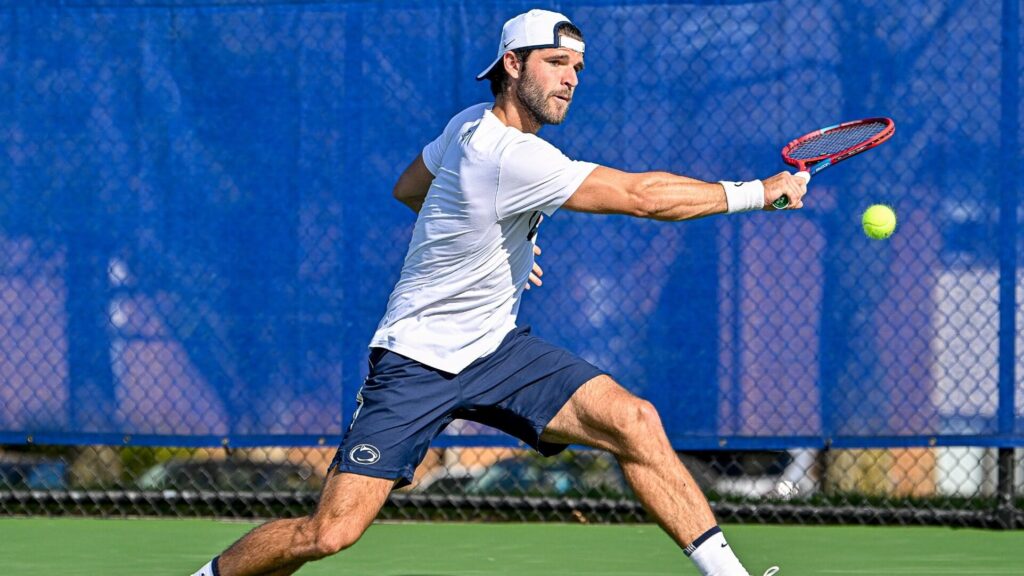
During the 1940s and 1950s, tennis players began wearing shirts that were not tucked in, a trend that continued into the 1960s and 1970s. This untucked shirt trend was a reflection of the changing fashion norms of the time.
Return of Tucked-In Shirts
Tennis legends such as Bjorn Borg, John McEnroe, and Stefan Edberg began tucking their shirts back in again in the 1980s. This trend continued into the 1990s, with iconic players like Pete Sampras and Andre Agassi sporting the tucked-in look.
However, as the 2000s approached, more players began wearing their shirts untucked.
Tucking in vs. Not Tucking In
Today, most tennis players wear their shirts untucked, although some still prefer to tuck them in for a more professional appearance.
In the end, the decision to tuck in or not is a personal choice, with both styles serving practical and aesthetic purposes on the court.
Advantages

Tennis players who choose to tuck in their shirts can enjoy several benefits. One notable advantage is the improved appearance it can provide on the court. Tucking in a shirt can create a tidier and more professional look that may boost the player’s confidence and authority.
Furthermore, some players may find that tucking in their shirts aids in maintaining their focus during a match.
Plus, it can also prevent it from becoming a distraction while playing. During intense and fast movements, an untucked shirt can flap around or come untucked, causing discomfort and distraction for the player.
In certain cases, an untucked shirt could even pose a danger to the player. Tucking in the shirt, on the other hand, can reduce these risks and help players stay comfortable and focused on their game.
Disadvantages
Firstly, tucking in shirts could restrict movement and flexibility, which could affect a player’s ability to move freely on the court and reach for balls. In tennis, players need to be agile and flexible to cover the entire court, and any hindrance in movement could have a negative impact on their performance.
Secondly, wearing tight-fitting clothing could also lead to discomfort, chafing, and sweating. Tennis players need to stay comfortable and cool during matches to avoid fatigue and maintain their performance.
Any discomfort caused by tight-fitting clothing could be a distraction and affect their focus on the game.
Furthermore, tucking in shirts could also affect a player’s breathing and posture. When a shirt is tucked in tightly, it could restrict the movement of the diaphragm, making it harder for a player to breathe deeply.
Additionally, if a player’s posture is affected by a tightly tucked shirt, it could lead to back pain and discomfort, affecting their performance on the court.
The Role of Sponsorship and Branding
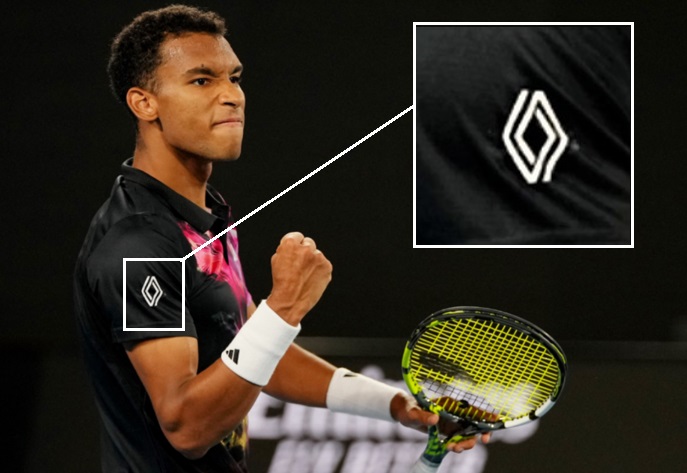
Some players may be required to tuck in their shirts as part of their sponsorship agreements with clothing companies or tournament organizers.
This requirement is often intended to create a consistent and professional appearance on the court that aligns with the company’s or event’s branding. Failure to meet these standards may result in penalties or disqualification from tournaments.
Conclusion
The decision of whether to tuck in their shirts or not is ultimately up to individual tennis players, but it has a rich history and significance in the sport. From its origins in the formal dress codes of the upper class to its practical benefits in today’s game, the act of tucking in a shirt has evolved over time.
While it can provide advantages such as improved mobility, focus, and reduced distractions, it can also have drawbacks such as restricted movement and discomfort in hot conditions.
Related Posts
Are Tennis Players Good At Ping Pong? Sharing My Experience
Do Rackets Go Dead In The Cold?
What Does Icing Mean In Tennis?


